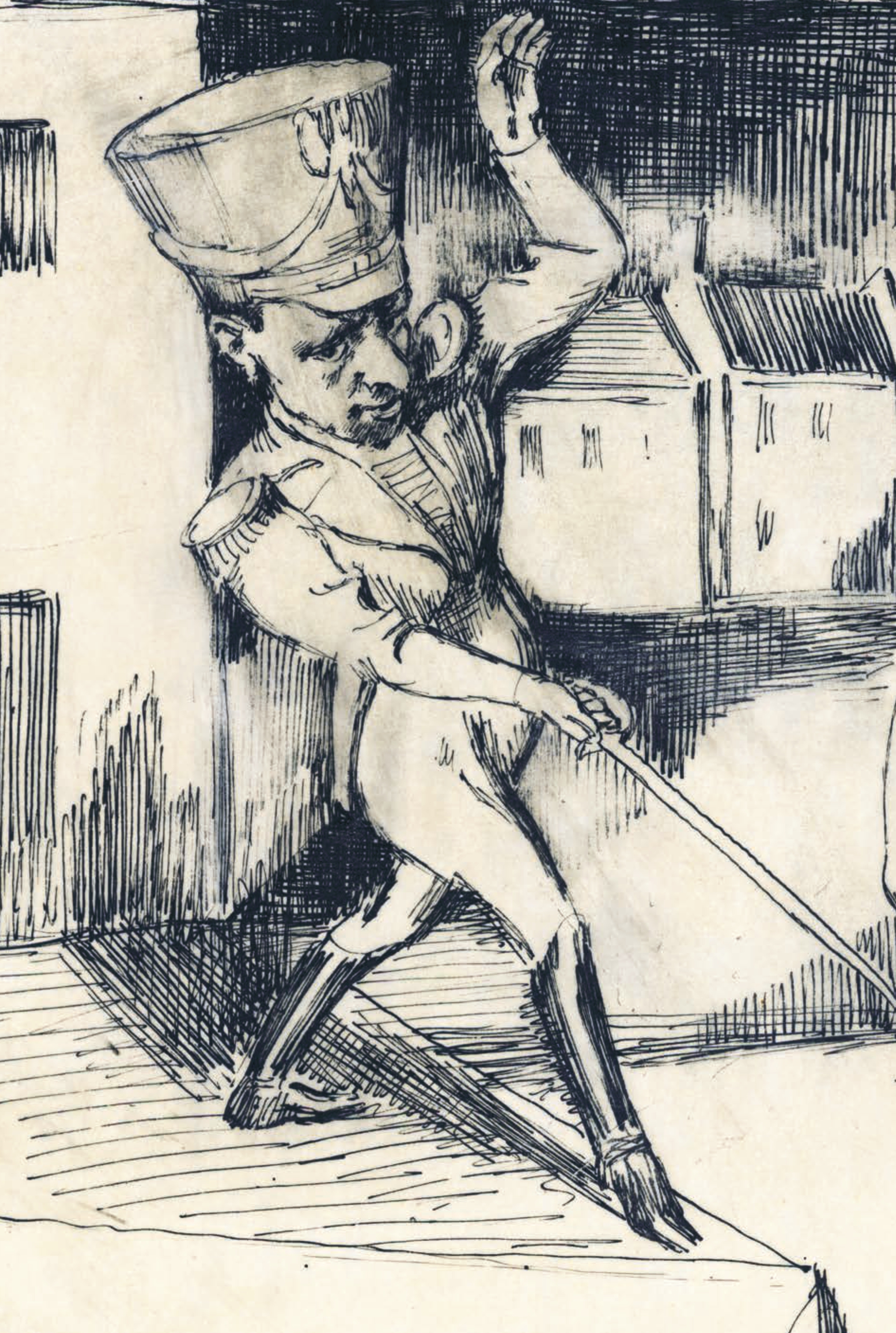Estetyczne fałsze i moralne emocje w "Sanatorium pod Klepsydrą" Brunona Schulza i w filmie Wojciecha Hasa
DOI:
https://doi.org/10.26881/sf.2022.19-20.03Abstrakt
This article explores how artists deploy time in their work and, in so doing, compel us to reconsider the way we think about morality and politics. My study focuses on works by the Polish-Jewish fiction writer Bruno Schulz and the Polish filmmaker Wojciech Has. In particular, I examine Has’s The Hourglass Sanatorium, in which he reimagines the cycle of stories collected in Schulz’s Sanatorium under the Sign of the Hourglass. By juxtaposing Schulz’s unorthodox treatment of his familial heritage against Has’s reshuffling of the terms of their relationship, I offer one compelling example of how moral commitments are articulated in the aftermath of the Holocaust. Sanatorium under the Sign of the Hourglass paves the way for the philosophical thinking of Gilles Deleuze and Felix Guattari, who associate multiplicity with a loss of presence and of structural authority over the determination of the temporal relation between cause and effect, the spatial relation between center and periphery, the relation of superiority and inferiority among species. Schulz presents time in jumbled form in order to upend the notion that the past must determine the future. In this way he means to subvert the symbolic, patriarchal, hierarchical order of individuation, nationality, and the Law. Schulz’s extraordinary treatment of time encourages a new, shifting relation between man and nature, as well as a radical transformation that leads to the embrace of difference, rather than conforming to the expectations of family, community, or history. Has’s film, The Hourglass Sanatorium, is an adaptation of Schulz’s cycle. It similarly weaves together a tapestry of fragments, stories, and images, which emerge from jumbled time-sequences to present assemblages that accentuate difference through juxtaposition. The central difference between Has’s adaptation and the original text is that his sequences are peppered with traditional, stereotypical images of Polish Jews. Has chooses his different framing images because by 1973 when the film was released, there was a renewed interest in reviving Polish-Jewish culture and making it part of the modern historical memory of the nation. Has’s target audience is a younger generation of viewers, and he speaks to them by expressing their resentment toward Poland for its role in the annihilation of Polish Jewry.

 Uniwersyteckie Czasopisma Naukowe
Uniwersyteckie Czasopisma Naukowe





